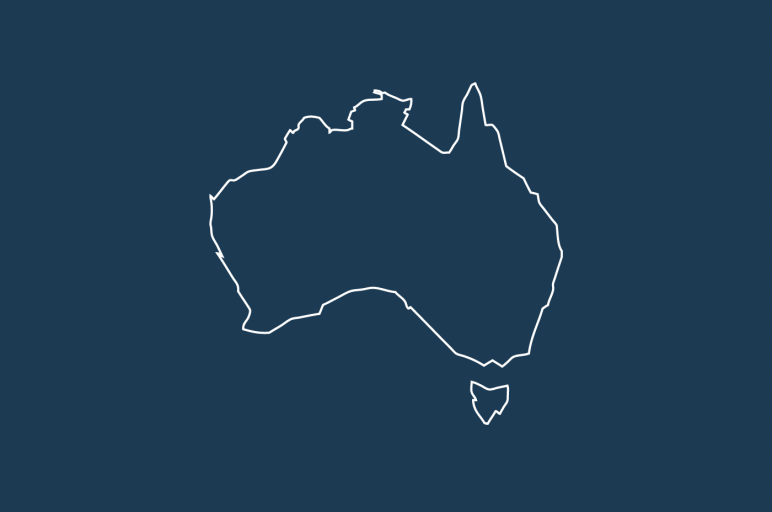Content
- Why has the Australian ETF market lagged?
- ETF adoption in Australia vs rest of the world
- Why Australia is poised to grow
Why has the Australian ETF market lagged?
The Australian ETF market still lags the rest of the world in terms of size, product development and market share compared to other investment options.
Ask your average American investor about ETFs or index funds and they’ll be able to tell you what they are and which one they’re invested in.
Sadly this is not the case in Australia. This is predominantly due to investment advice being concentrated to the big four banks and large wealth management firms and their inherent vertical integration model.
Despite ETF’s low fees, better returns and superior diversification, many financial advisers have little incentive to put their client’s money into ETFs. They opt for Managed Funds and LICs instead who pay upfront stamping fees.
Advisers should prioritise client best-interest duty, by giving impartial and independent advice, rather than looking for extreme incentives to push self-interested products.
There continues to be a large focus on using active funds and buying stocks in order to “beat” the market, with many super funds still employing active strategies despite overwhelming evidence showing it’s worse for the end customer.
The Royal Commission into Banking Misconduct raised awareness among investors about the poor behaviour of banks and their aligned advisers. This may encourage Australians to opt for lower cost, independent products or search for a trusted investment adviser.
With very little real action proposed in the Commissioner Hayne’s review, bank aligned financial advisers have little incentive to recommend ETFs. In many cases it will be down to the end consumer to do their own independent research.
This is one of the reasons we produce the Australian ETF Report, to help investors understand what is available to them.
ETF adoption in Australia vs rest of the world
The global ETF market stands at USD$5.4T accross 7,720 products.1 Australia is still an infant at AUD$45.8b across 192 products, accounting for 0.6% of the global ETF market (up from 0.49% in 2016).2
This is peanuts compared to the USA which accounts for 69% of the total ETF market. However, it is not an apples to apples comparison, given the US economy and population is larger than Australia, and their advice model shifted from commission-based years ago.
ETF adoption by financial advisers and consumers has increased globally. We have started seeing evidence of this trend domestically.
The BetaShares/Investment Trends 2018 ETF Summary Report showed the number of Australians investing in ETFs increased 22%. They predicted a further 29% of investors are planning to use ETFs in 2019. SMSFs are also a key market as their use of ETFs has grown 14%, and they now represent close to a third of all ETF investors.
Despite the resistance from the old guard financial institutions, independent financial advisers are increasingly recommending ETFs to their clients, with 53% of advisers currently using them, and a further 16% intending to use them in 2019.3
While these are encouraging numbers, solidifying the prediction of continued explosive growth in ETF uptake, we think these numbers should be even higher.
Across the globe, Blackrock found that 1 out of 3 (~31%) USA investors own an ETF, an increase from 1 out of 4 in 2016. 62% plan to buy ETFs in the next 12 months, and 88% who currently use ETFs plan to continue or increase their usage.4
Vanguard found that the ETF Market in Australia makes up just 4% of the total funds managed. In the USA and Europe, they make up 11% and 8% respectively.
Australia has still been a market dominated by active strategies using managed funds. Even though Australia is still behind on the scoreboard, the growth in ETFs over the last decade has been dramatic, as that 4% number represents a more than quadruple amount increase since 2007.
In terms of level of trading volume, ETFs in Australia accounted for <3% of the overall market trading whereas in the USA, ETFs accounted for an astonishing 30%. That means that a third of all investor buy/sell trading orders are for ETFs.
Australia poised for growth
Australian consumers have been much less proactive seeking out independent advice than overseas. There are still pools of money in the Australian system sitting in high commission products that advisers have recommended over the years.
We expect that once these trail commissions get phased out, the playing field will be level for ETFs. Australia may be late to the party, but who doesn’t love a fashionably late entrance! ETF adoption in Australia is slowly but surely growing.
Stockspot believes that the Australian ETF Market will grow to $100b by 2022
We believe the Australian ETF market will emulate the success of our global counterparts in ETF adoption due to:
- Increased focus on fees and transparency by investors and regulators
- Growing need for asset class diversification
- Underperformance of active fund managers
- Product innovation
- Regulatory change around best interest duty
- Increased education and financial awareness
- Shift in brokerage and advice models
Find out how Stockspot makes it easy to grow your wealth and invest in your future.
Sources:
1 ETFGI Global ETF and ETP Directory March 2019
2 ASX Data March 2019
3 BetaShares/Investment Trends 2018 ETF Summary Report
4 Blackrock ETF Pulse Survey 2018




